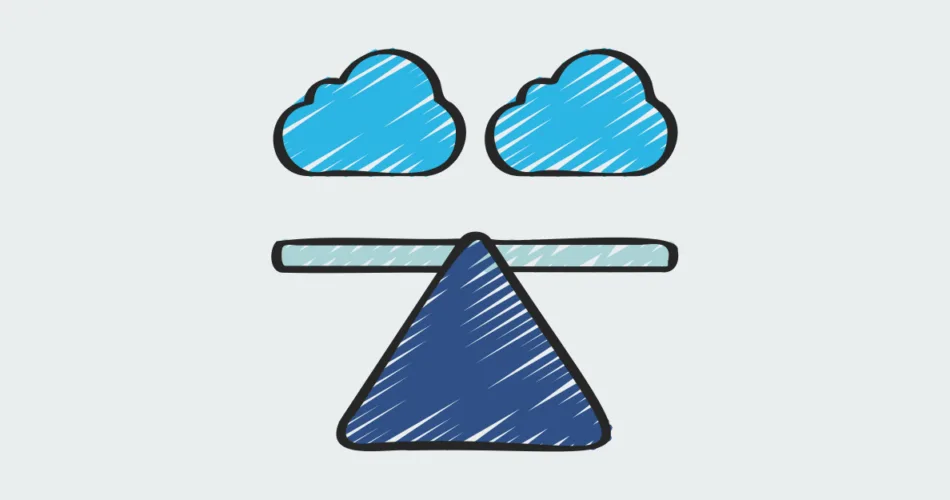In Kubernetes, ensuring your applications can handle varying loads and distributing traffic efficiently is crucial. This guide explores two essential aspects of Scaling and Load Balancing in Kubernetes: Horizontal Pod Autoscaling and Load Balancing Services.
Horizontal Pod Autoscaling
Horizontal Pod Autoscaling (HPA): Kubernetes HPA is a feature that automatically adjusts the number of Pods in a Deployment or ReplicaSet based on CPU utilization or custom metrics. This means your application can scale up or down in response to traffic spikes or lulls, ensuring efficient resource utilization and consistent performance.
Example Usage:
apiVersion: autoscaling/v2beta2
kind: HorizontalPodAutoscaler
metadata:
name: my-hpa
spec:
scaleTargetRef:
apiVersion: apps/v1
kind: Deployment
name: my-deployment
minReplicas: 2
maxReplicas: 5
metrics:
- type: Resource
resource:
name: cpu
target:
type: Utilization
averageUtilization: 70
In this example, we define an HPA that targets a Deployment called “my-deployment.” It ensures that the number of Pods scales between 2 and 5 based on CPU utilization, aiming for an average utilization of 70%.
Load Balancing Services in Kubernetes
Load Balancing Services: Kubernetes Services provide load balancing across Pods within a cluster. When multiple Pods replicate an application, a Service distributes incoming traffic evenly among them. This ensures high availability, fault tolerance, and efficient use of resources.
Types of Services: Kubernetes offers various types of Services, including ClusterIP, NodePort, LoadBalancer, and ExternalName, each designed for specific use cases. LoadBalancer Services, for example, automatically provision and configure external load balancers provided by cloud providers to distribute traffic to your Pods.
Example Usage:
apiVersion: v1
kind: Service
metadata:
name: my-service
spec:
selector:
app: my-app
ports:
- protocol: TCP
port: 80
targetPort: 8080
type: LoadBalancer
This example configures a LoadBalancer Service named “my-service” routing traffic to Pods labeled “app: my-app” on port 8080. The Service exposes port 80 to external traffic, automatically configuring a load balancer based on the cloud provider’s capabilities.
Conclusion
Scaling and load balancing are fundamental for maintaining the availability and performance of your applications in Kubernetes. Utilize Horizontal Pod Autoscaling and diverse Service types for efficient workload management and traffic handling in Kubernetes.
Subscribe to our email newsletter to get the latest posts delivered right to your email.


Comments